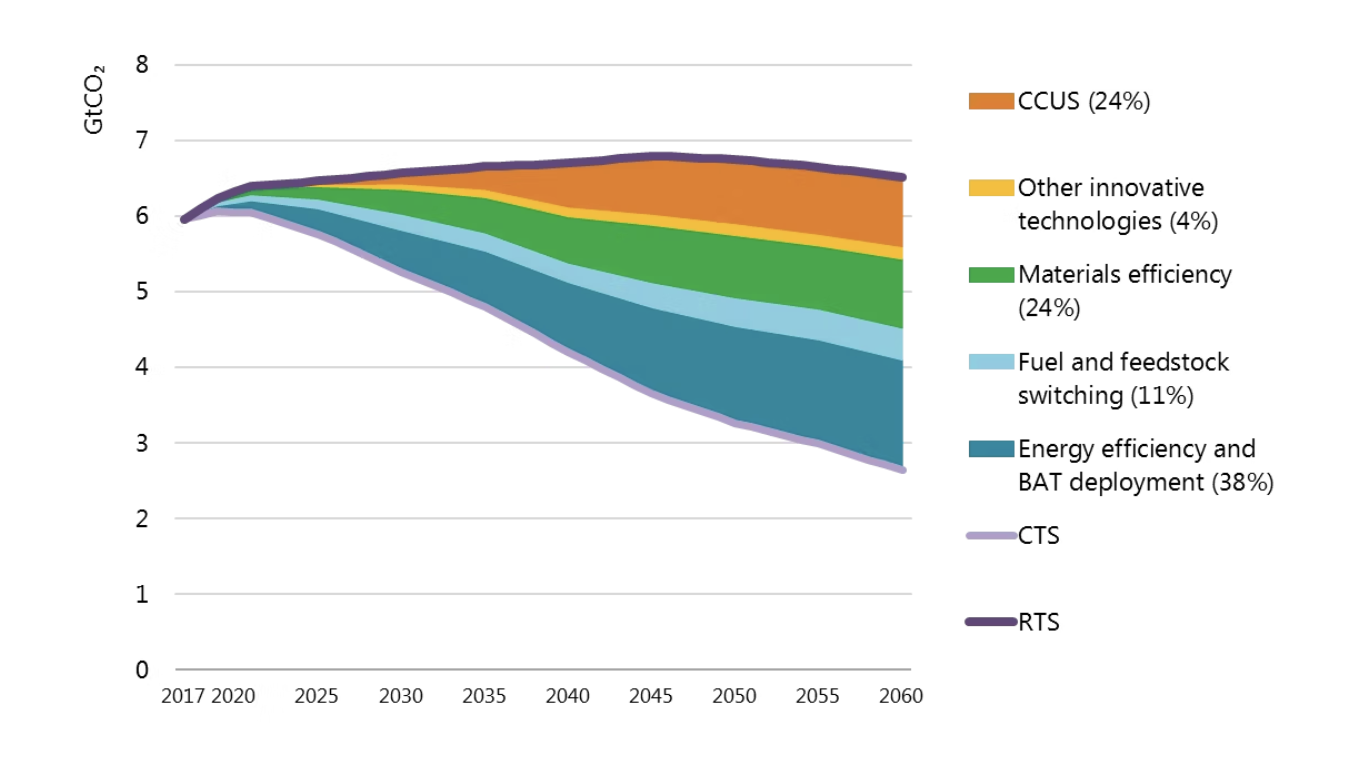Despite the recent rise in policy incentives for carbon capture projects, there are concerns, according to an outlook report by S&P Global Commodity Insights, that the world is not making enough progress to achieve the necessary CO2 reductions by 2050 in the carbon capture, utilization, and storage (CCUS) market.

(Photo: Shutterstock)
While 2022 has witnessed huge efforts to boost carbon capture projects, such as a 70% increase in tax credits for such initiatives in the U.S. and Europe exploring mandatory CO2 storage for oil and gas producers, more work is needed to bridge the gap between expected CO2 capture capacities and the emissions reductions required to meet climate goals.
By “emitter-driven” methodology, S&P Global, has developed a bottom-up assessment for CO2 capture capacity installations, considering factors like country attractiveness, project analytics, emitter profiles, carbon pricing, and emissions.
Their projections show that by 2030, operational projects may capture only 25% of the 1 Gt of CO2 per year required to align with the net zero scenario by the International Energy Agency (IEA), highlighting the current shortfall in climate action.
According to S&P Global, although North America and Europe are at the forefront, accounting for over two-thirds of projected capture capacity, the CCUS industry needs increased global support to align with climate goals.

According to IEA, CCUS central to industry decarbonisation portfolio. (Photo: IEA)
The gap becomes even more evident when the CCUS capture capacity outlook for 2050 is compared to more ambitious scenarios like the target of limiting global warming to 1.5°C of the Intergovernmental Panel on Climate Change (IPCC).
The S&P outlook estimates that capture capacity will reach 2.2 Gt of CO2 annually by 2050, with China playing a crucial role. However, the figure represents only 4% of the necessary CO2 reductions under the IPCC’s 1.5°C scenario.
To bridge this gap and meet climate targets, the CCUS industry must have significant advancements in key drivers such as policy support, technological innovation, and the development of CCUS hubs.
The current trajectory indicates that, despite growth in capacity installations over the next three decades, more robust efforts are needed to make CCUS a viable solution to tackle climate change.




